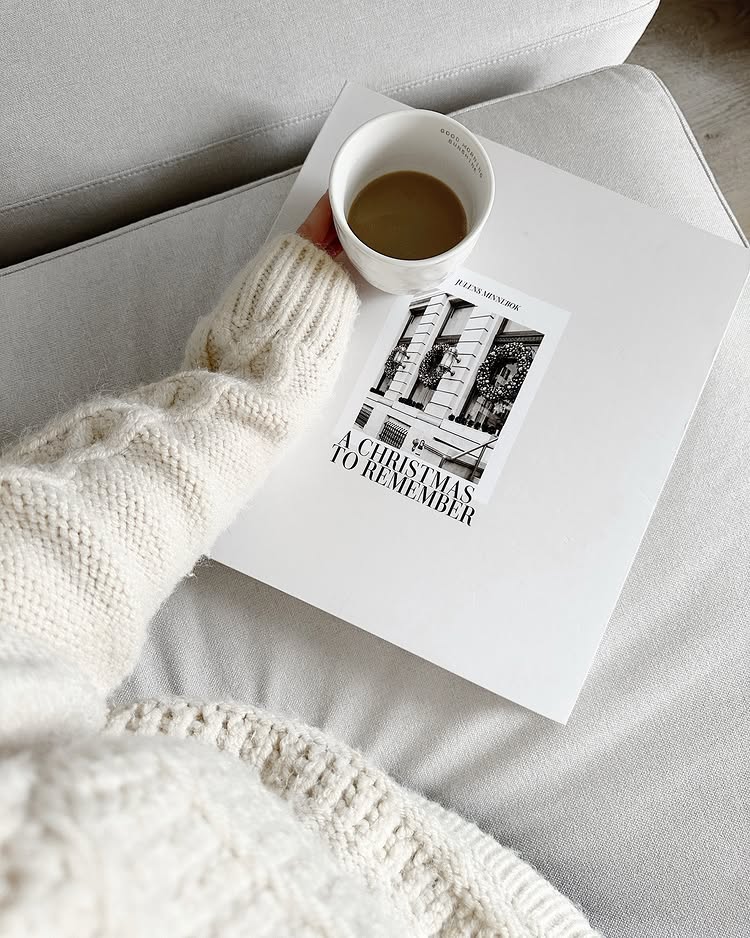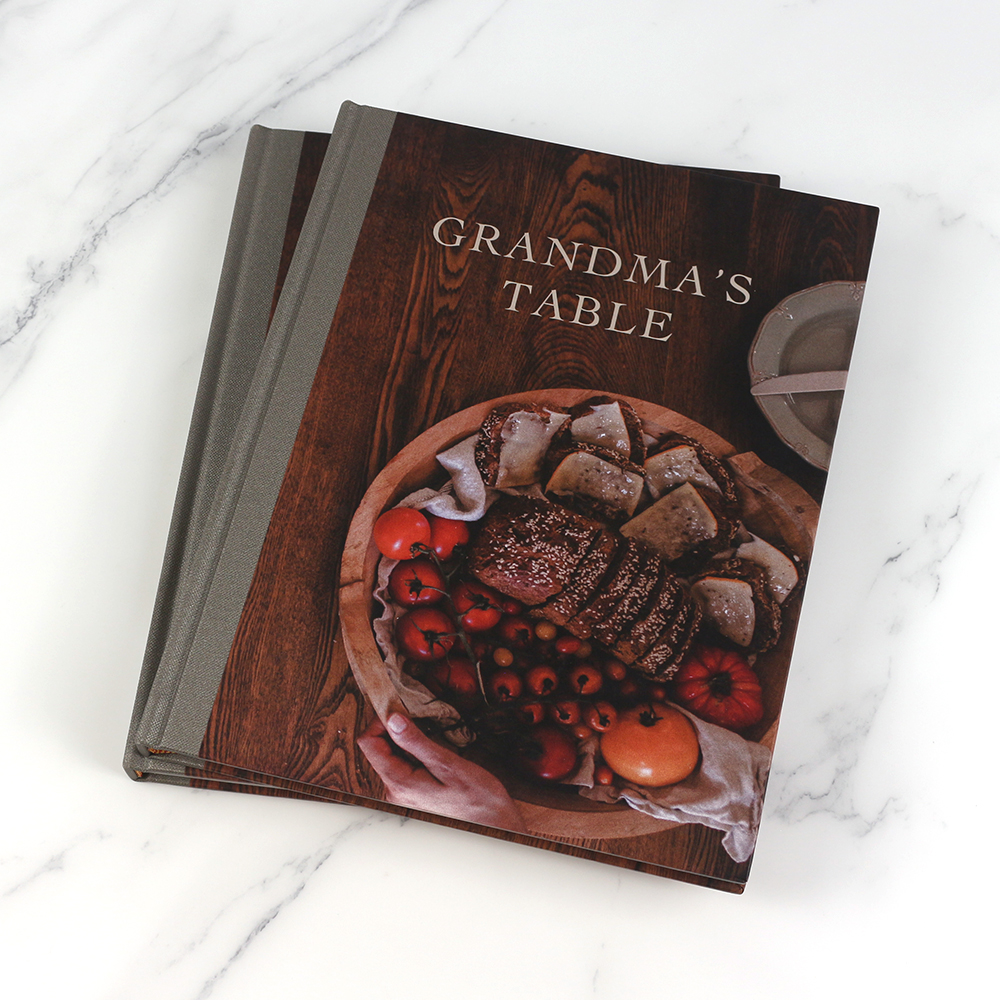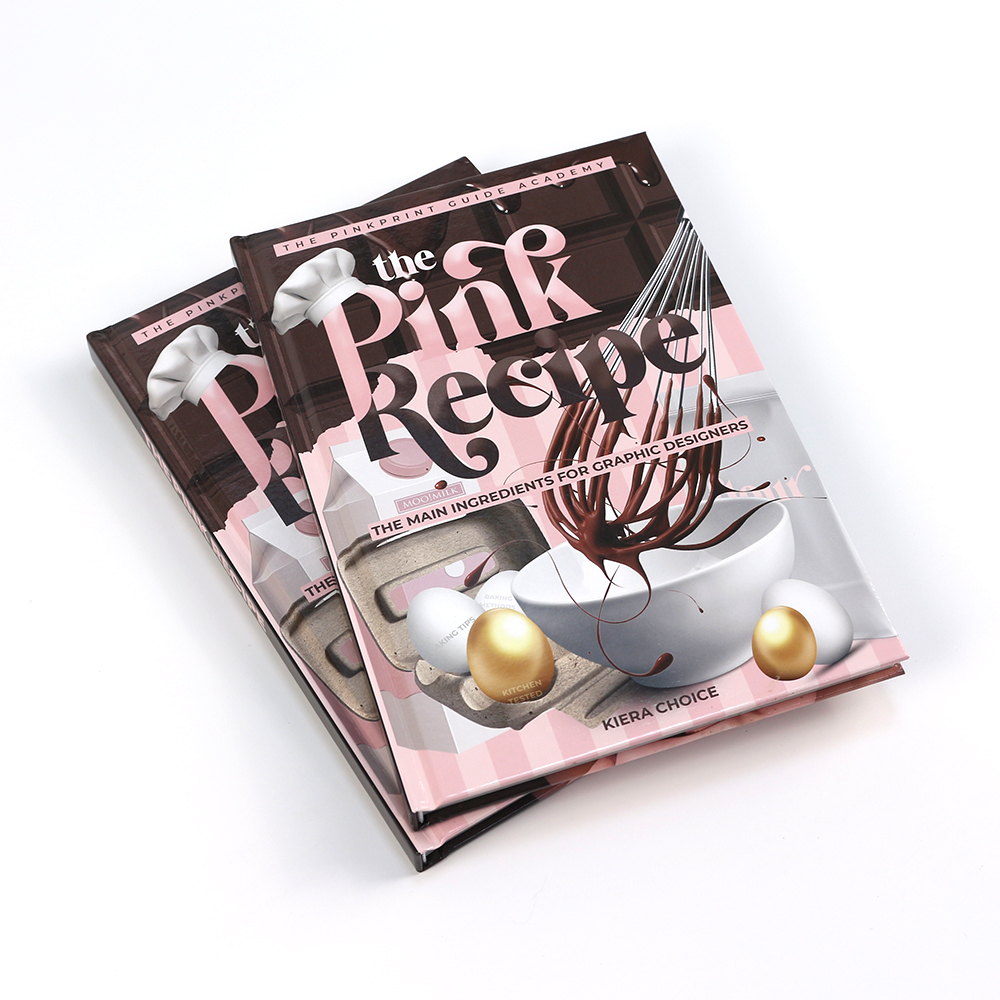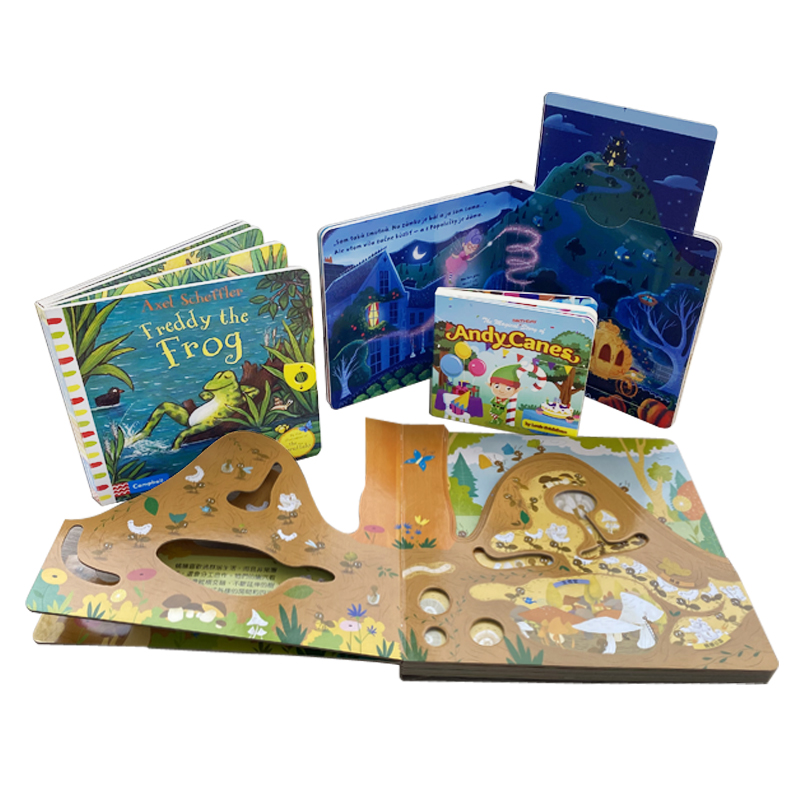How Much Does It Cost to Make a Photobook?
Tabla de contenido
Introducción
Creating a coffee table book is an exciting and creative endeavor, but one of the first questions that arise is: How much does it cost to create a coffee table book? The cost of producing a coffee table book can vary significantly depending on several factors, but on average, you can expect to spend anywhere between $5 and $30 per copy, depending on the quantity, materials, and production choices. Factors like print run size, paper quality, binding type, and design complexity will all influence the overall price. In this article, we will break down the costs involved in creating a coffee table book, explore the variables that affect pricing, and provide practical tips to help you budget effectively.
Factors Affecting the Cost of a Coffee Table Book
The price of printing a coffee table book can fluctuate greatly based on your specific choices throughout the creation process. Below, we delve into the critical factors that impact the overall cost.
1. Print Run Quantity
The number of copies you plan to print is one of the most influential cost factors. As you order larger quantities, the price per book tends to decrease. Small print runs (e.g., under 500 copies) are typically more expensive on a per-unit basis, as there are fewer economies of scale in production. In contrast, printing thousands of copies can reduce the cost per unit significantly, making it more affordable.
2. Número de páginas
The total number of pages in your book will also affect the cost. Coffee table books are typically large format, with detailed images and lengthy content, meaning higher page counts. More pages require additional paper, ink, and time, which all contribute to a higher cost. On average, a coffee table book will range from 100 to 200 pages, though some can have even more.
3. Paper Quality
One of the defining characteristics of a coffee table book is its high-quality presentation, and the paper you choose plays a significant role in this. If you opt for premium paper types such as glossy, matte, or textured paper, your costs will rise accordingly. Glossy paper, for instance, is often preferred for photography books due to its ability to showcase vibrant images, but it comes at a higher price than standard matte or uncoated paper.
4. Cover and Binding
The type of cover and binding you select is another essential factor in the cost equation. Hardcover books, which are standard for most coffee table books, are more expensive to produce than paperback versions. If you go for premium options like dust jackets, foil stamping, or embossing, you can expect to pay more due to the additional finishing processes. Binding types such as case-bound o lay-flat binding may also increase the price, but these choices contribute to the overall durability and elegance of the book.
5. Color Printing
Since coffee table books typically feature rich visuals, full-color printing (CMYK) is the standard. Full-color printing involves more complex production processes than black-and-white printing, and as a result, the costs are higher. The price will increase depending on the complexity of your images and how many pages are printed in full color.
6. Design and Layout
A professionally designed coffee table book can enhance its visual appeal, but this comes at a cost. Hiring a graphic designer to create the layout, select fonts, and ensure the book is cohesive visually will add to your overall budget. Design services may cost anywhere from $2,000 to $10,000 depending on the designer’s experience and the complexity of the book.
7. Location and Printer
The geographical location of your printer can also affect the price. Printing locally in North America or Europe may result in higher costs due to labor, material, and overhead expenses. On the other hand, printing in regions like Asia may offer more cost-effective options, though shipping costs and customs fees should also be considered when budgeting.
Cost Estimates for Printing a Coffee Table Book
Here’s a more detailed breakdown of typical printing costs based on various print runs and specifications:
| Cantidad | Softcover | De tapa dura | Hardcover with Flaps | Integral (Flexi) |
|---|---|---|---|---|
| 3,000 | $3.76 | $4.13 | $4.61 | $3.99 |
| 5,000 | $2.67 | $3.05 | $3.51 | $2.91 |
| 8,000 | $2.16 | $2.54 | $2.99 | $2.42 |
These costs are for an 8 x 10-inch, 152-page book printed in 4-color (CMYK) on 80 lb matte coated paper. The type of cover and special finishes like embossing or foil stamping could increase these costs by an additional 10-30%.
How to Evaluate a Coffee Table Book Printing Quote
When considering printing companies, it’s important to request detailed quotes and compare offers. Here’s how you can assess whether the price fits within your budget:
1. Request Multiple Quotes
Solicit quotes from several different printing companies to compare not just the costs, but the quality of service, turnaround time, and customer reviews. Look for printers that specialize in high-quality, large-format books.
2. Look for a Detailed Breakdown
Ensure that the quote provides a detailed breakdown, including paper costs, ink costs, setup fees, design services, and shipping fees. This allows you to understand exactly where your money is going.
3. Negotiate for Better Deals
Don’t be afraid to negotiate with printers, especially if you are planning a larger print run. Printers may be willing to offer discounts on bulk orders or if you commit to future projects.
4. Consider Hidden Costs
Remember to factor in shipping, handling, and potential tariffs if you’re working with international printers. These costs can add a significant amount to your final price.
4 Ways to Cut Coffee Table Book Printing Costs
While the costs involved in creating a coffee table book can add up, there are several ways to reduce them without compromising quality:
1. Select Standard Paper Types
Choosing a more affordable paper option can significantly reduce costs. Instead of glossy or textured paper, opting for matte or uncoated paper can save you money while still providing a quality product.
2. Print in Larger Quantities
Printing a larger batch will reduce the cost per unit. If you are confident in the demand for your book, printing in bulk can result in long-term savings.
3. Opt for a Simpler Binding
If you’re willing to compromise on the cover design, you can opt for simpler binding options, such as perfect binding instead of hardcover or case binding, which will reduce production costs.
4. Negotiate with the Printer
Always look for opportunities to negotiate the terms with the printer. If you are ordering in large quantities, there is often room for a discount, or you can ask for additional services to be bundled for a lower price.
FAQs About Coffee Table Book Printing
Q1: How much does it cost to print a coffee table book?
The cost typically ranges from $5 to $30 per copy, depending on factors such as print run size, paper quality, and binding type.
Q2: How do I find the best printer for my coffee table book?
Request multiple quotes, look for specialized printers with experience in high-quality books, and review customer testimonials to ensure you choose the best printer for your needs.
Q3: Can I reduce costs while maintaining quality?
Yes! You can reduce costs by selecting standard paper, printing larger quantities, and negotiating for better rates with your printer.
Conclusión
In conclusion, the cost of creating a coffee table book can vary greatly based on a variety of factors, including print run quantity, paper quality, binding, and design complexity. While the cost per book typically falls between $5 and $30, making strategic choices—such as opting for larger print runs or selecting more affordable paper—can help keep costs within your budget. By carefully evaluating quotes and considering different printing options, you can ensure that your coffee table book is both visually stunning and financially feasible.
Taking the time to plan your budget in advance and considering the options available will set you up for success in bringing your beautiful creation to life without breaking the bank.
Impresión de libros
Nuevos productos
Último blog
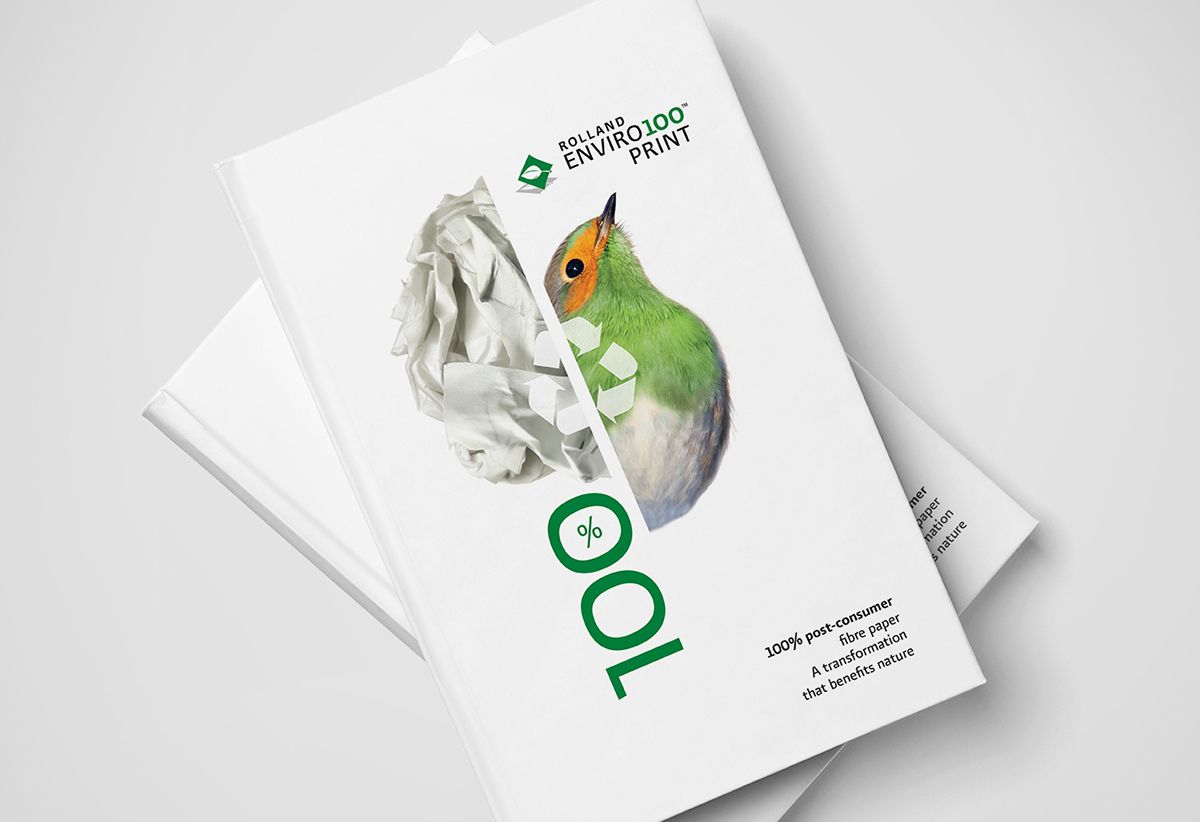
¿Cuál es el mejor tamaño para un libro autoeditado?
Si se está adentrando en la autoedición, una de sus principales preocupaciones será encontrar opciones económicas para la impresión de libros.

¿Cuánto cuesta imprimir un libro de tapa dura?
Al considerar el costo de imprimir un libro de tapa dura, muchos autores y editores se enfrentan al desafío de equilibrar la calidad con la asequibilidad.
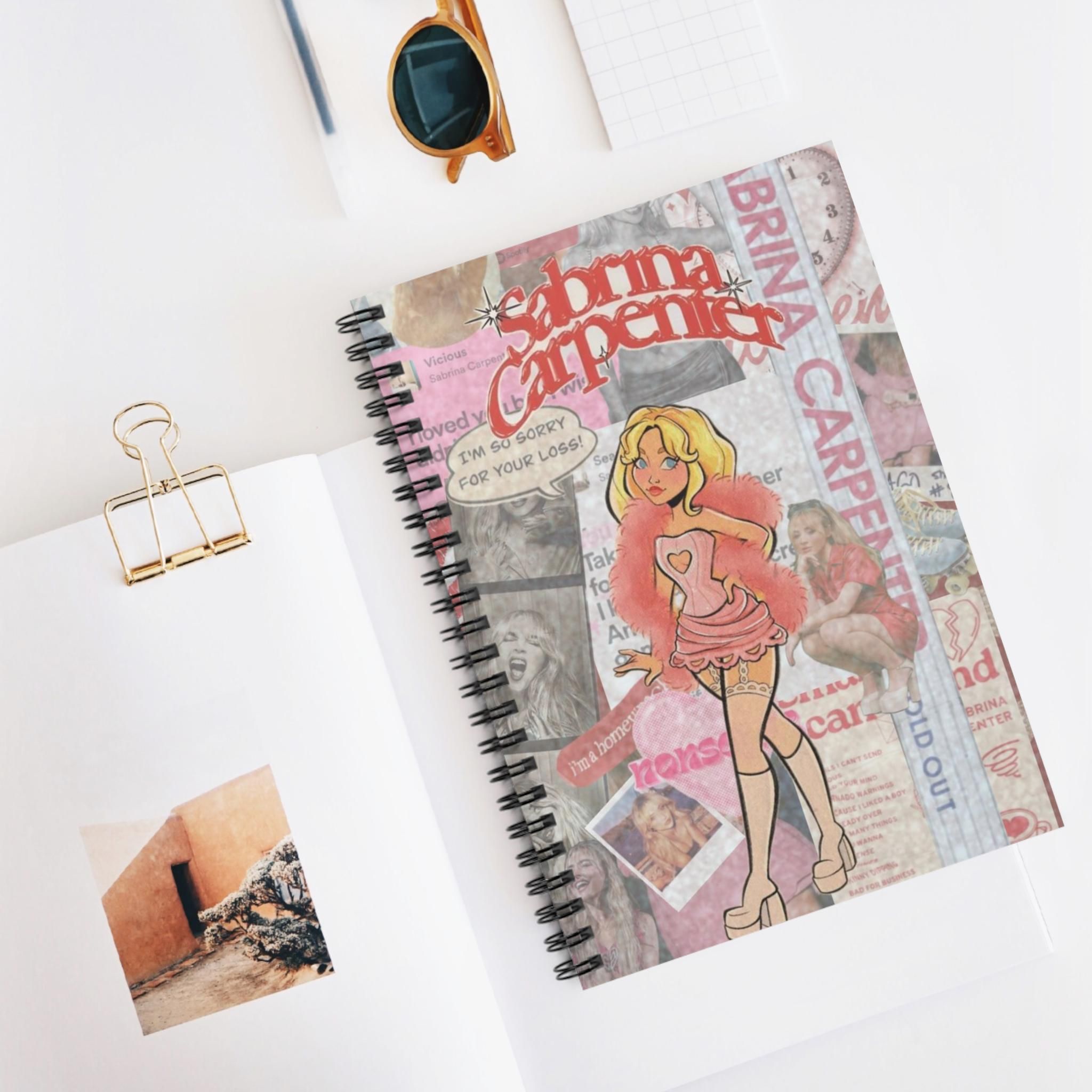
La guía definitiva de libros encuadernados en espiral: por qué son perfectos para las necesidades de su empresa
Los libros encuadernados en espiral son una opción popular para quienes buscan mantener sus documentos organizados, accesibles y profesionales.

La forma más barata de imprimir un folleto en China
La impresión de folletos sirve como una herramienta versátil para transmitir su mensaje de manera eficaz, ya sea que esté promocionando un producto, alentando a los voluntarios,
Contáctenos
- +86 13946584521
- info@booksprinting.net
- 8:00 - 22:00 (lunes a domingo)
Comentarios
Blog relacionado
Encuentre las últimas tendencias y conocimientos comunes en el negocio de la impresión de libros.
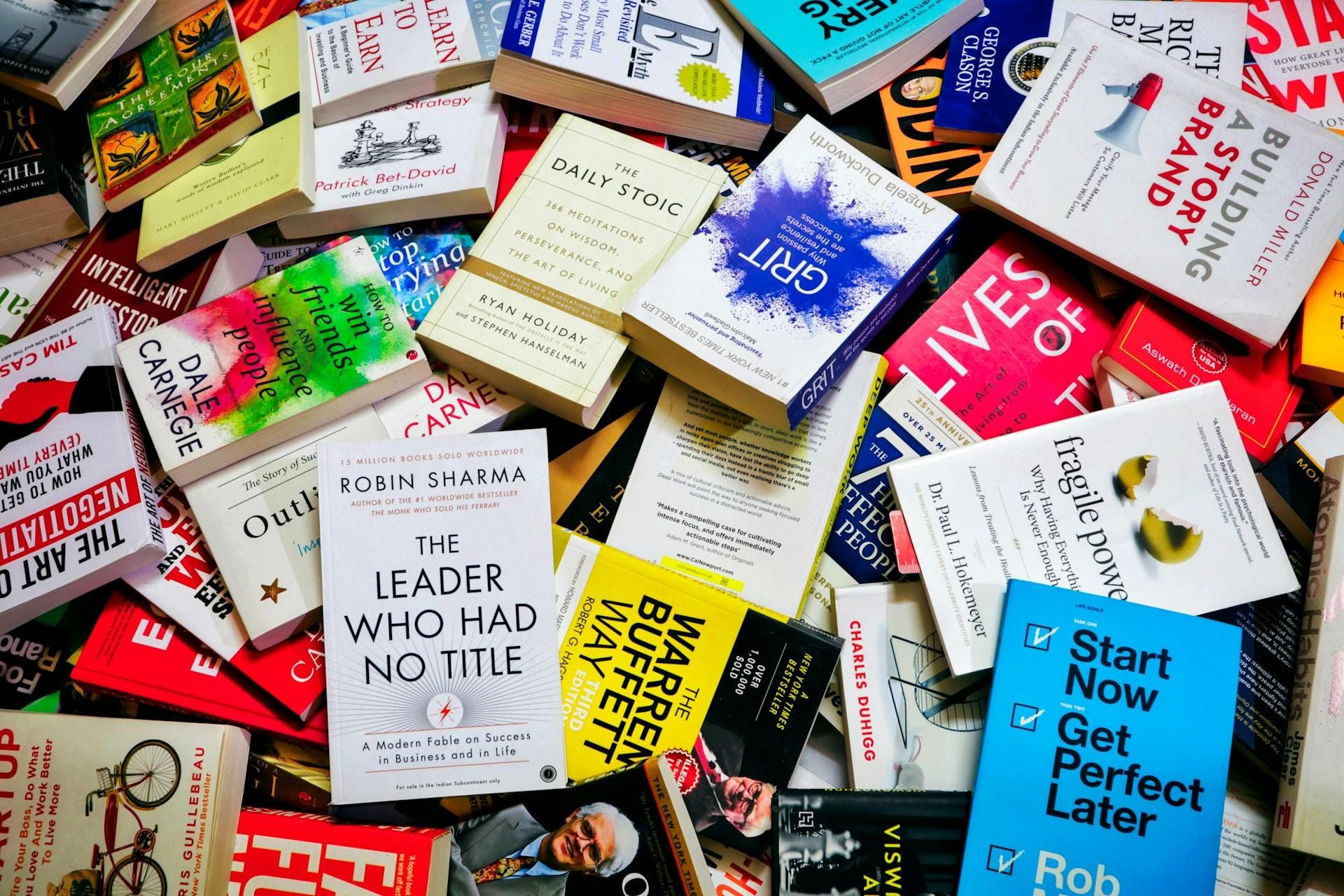
Cómo imprimir un libro
La autopublicación se ha convertido cada vez más en una opción ideal para escritores y creadores de contenido que buscan mantener el control sobre su trabajo desde la creación hasta las ventas. A diferencia de la publicación tradicional,
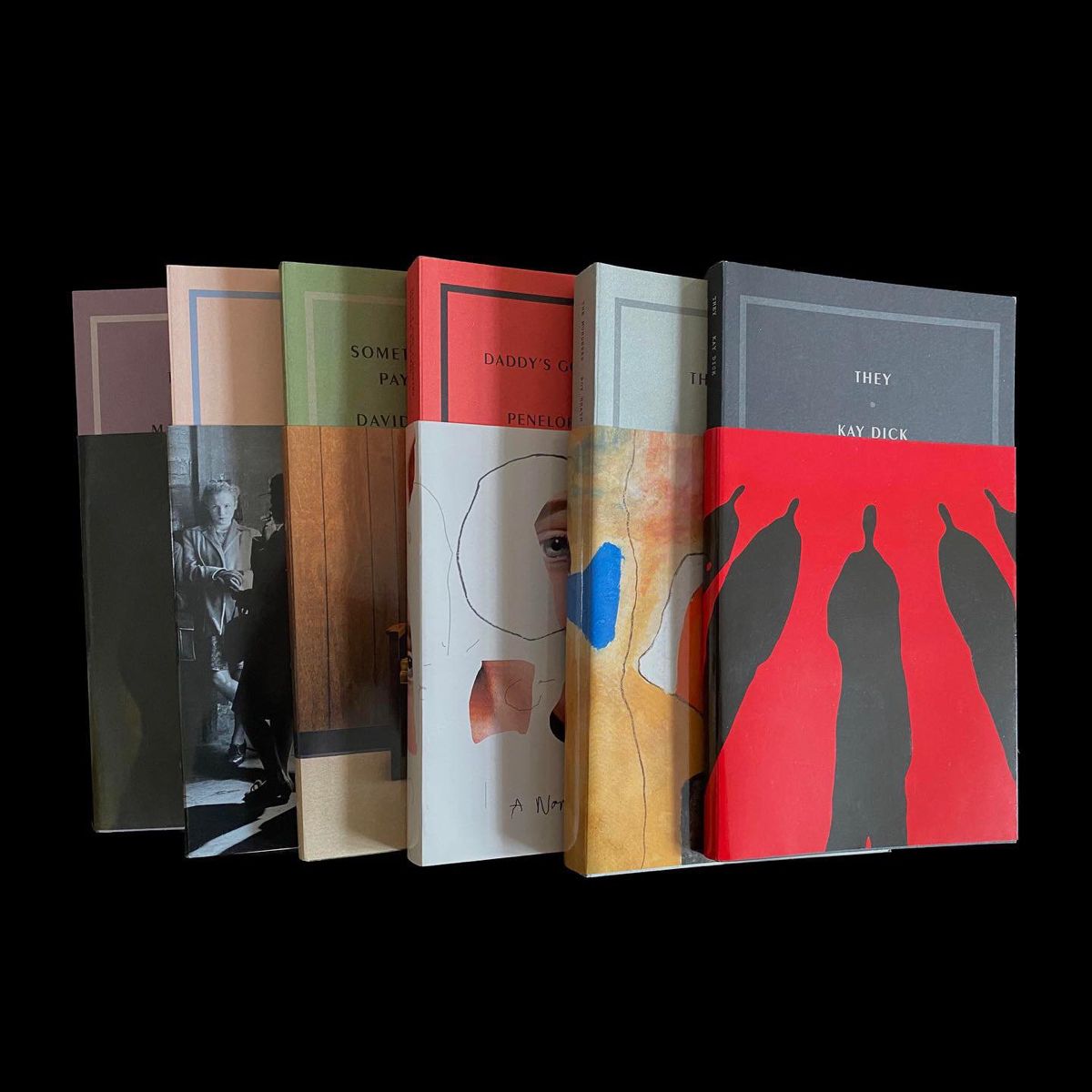
Las ventajas de elegir libros de tapa dura
Los libros de tapa dura han cautivado a los lectores durante más de tres siglos y se han ganado un lugar preciado tanto en bibliotecas como en hogares. Desde la literatura clásica hasta los títulos de autoayuda contemporáneos.
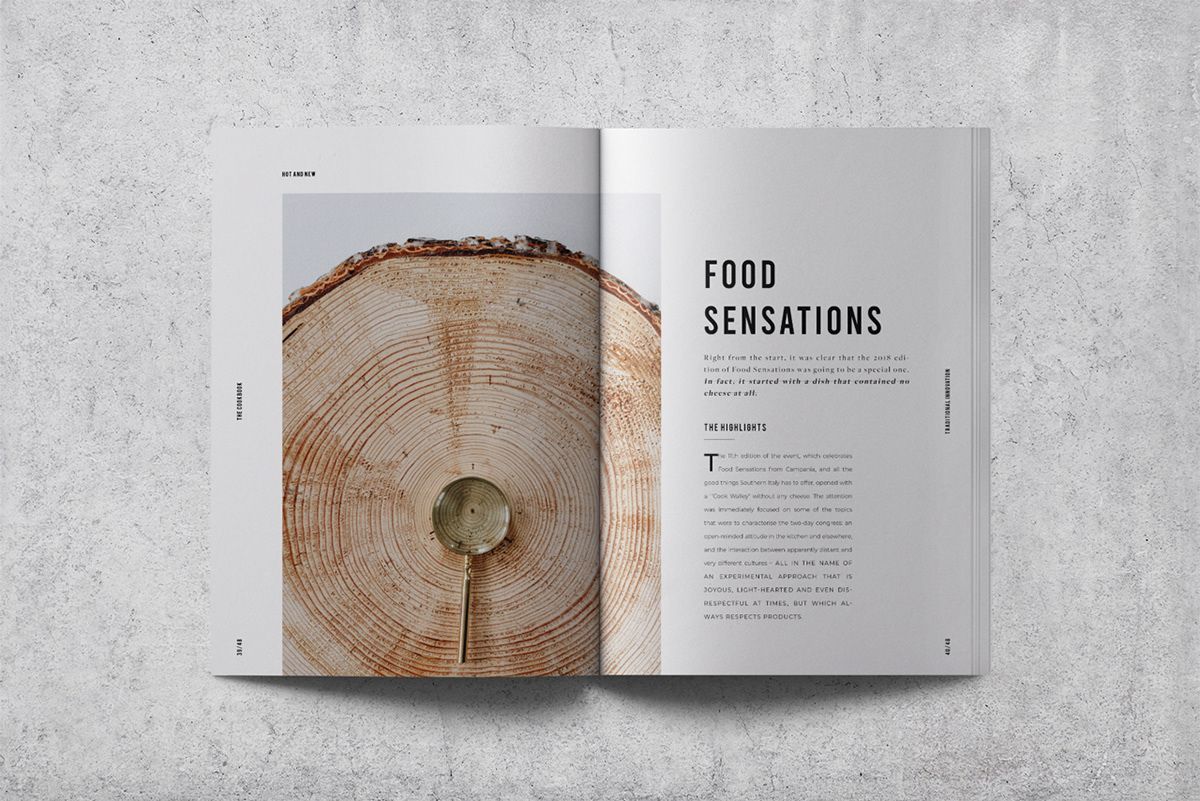
7 ventajas atractivas de utilizar servicios profesionales de impresión de libros
En el mundo de la literatura, la calidad de producción de un libro puede influir significativamente en su éxito.
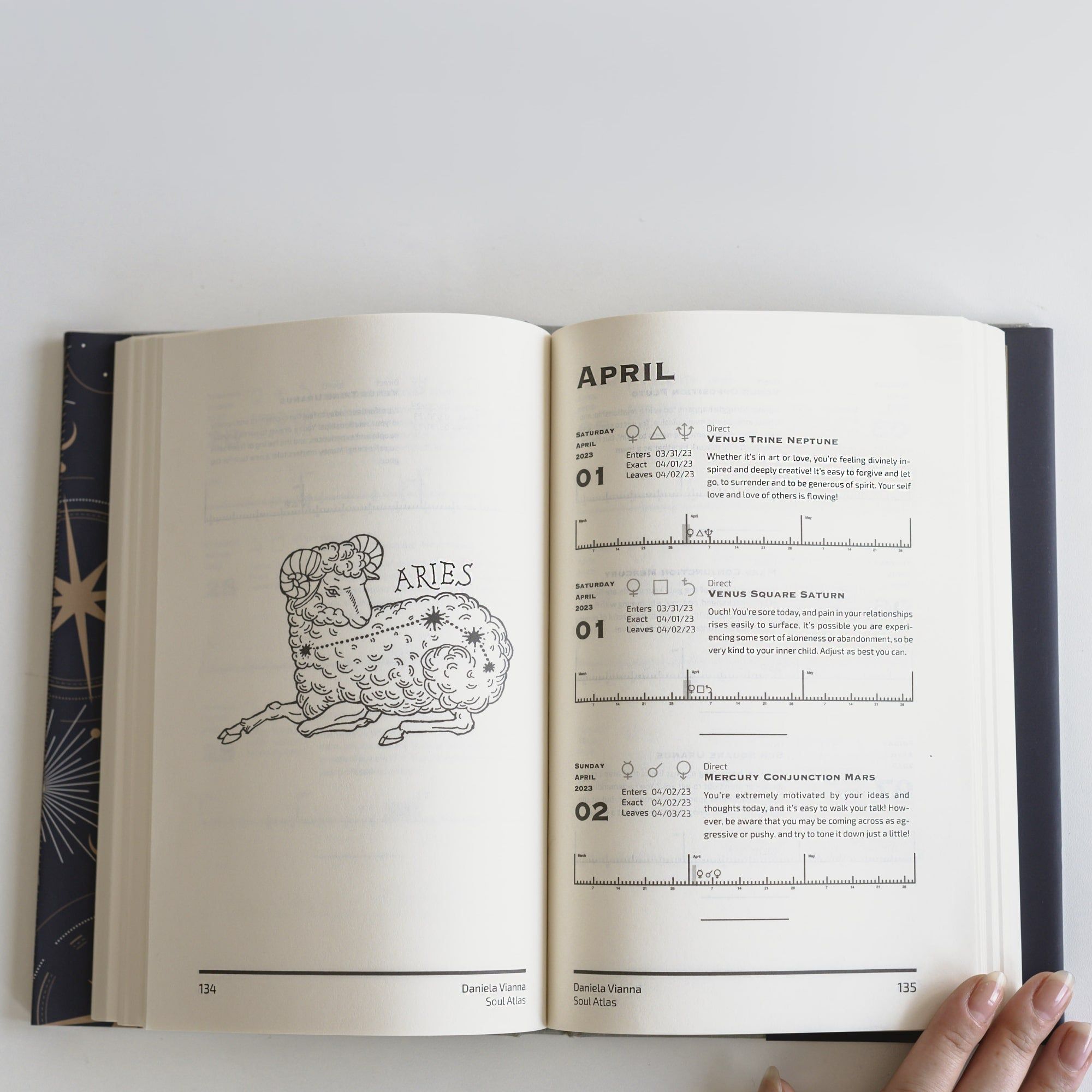
¿Cuánto cuesta imprimir un libro de bolsillo de 200 páginas?
Imprimir un libro es un proceso complejo y costoso, pero puede ser una experiencia gratificante para autores, autoeditores y empresas del sector de producción de libros.

